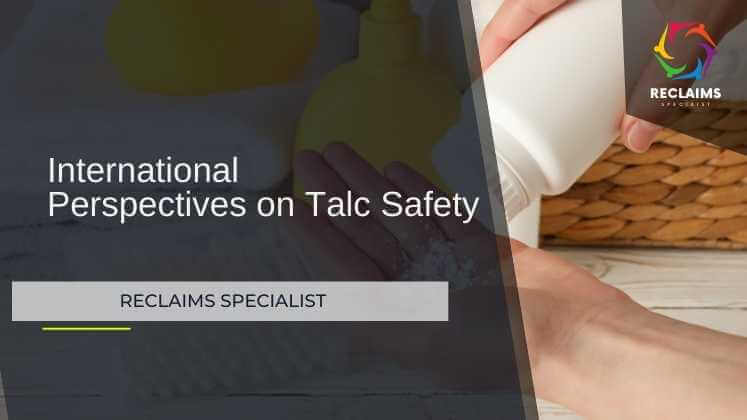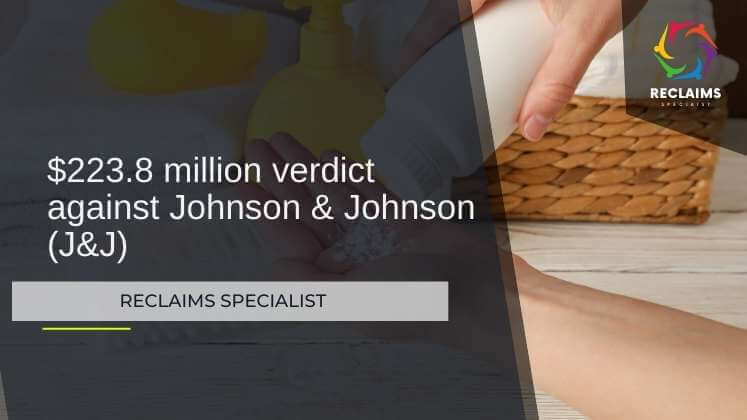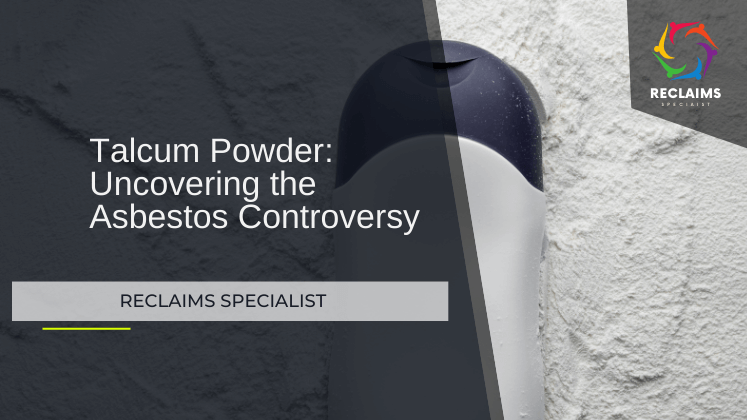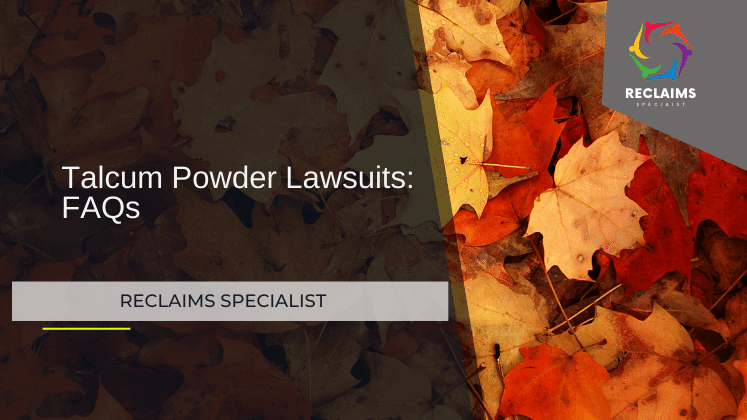Talc, a mineral widely recognized for its versatility, has become a focal point of discussions concerning safety on a global scale. From cosmetic products to industrial applications, the safety of talc has garnered attention, raising questions and concerns across various countries. In this article, we delve into international perspectives on talc safety, examining its composition, controversies, regulations, scientific viewpoints, industry responses, and the global impact on trade, health, and the environment.
Introduction
Talc, a mineral with diverse applications, is a staple in various industries worldwide. From cosmetics to manufacturing, its utility is vast. But what about its safety? As the global consumption of talc continues, questions regarding its safety have transcended borders, leading to a complex international discourse.
Talc Composition and Its Uses
Before diving into safety concerns, it’s essential to understand the composition of talc and its ubiquitous uses. Composed of magnesium, silicon, and oxygen, talc finds its way into numerous products, from talcum powder to ceramics. Its softness and chemical inertness make it valuable in industries ranging from pharmaceuticals to plastics.
Controversies Surrounding Talc Safety
The safety of talc has a troubled history, marred by controversies and legal battles. The association of talc with asbestos, a known carcinogen, has led to a series of litigations, prompting scrutiny and reevaluation of its safety across the globe.
Talc Safety Regulations in Different Countries
Countries vary in their approach to talc safety regulations. While the FDA in the United States sets specific guidelines, the European Union and other regions have their unique regulatory frameworks. These differences contribute to the perplexity surrounding talc safety on an international scale.
Research Findings and Scientific Perspectives
Scientific studies on talc safety yield conflicting results. Recent research has both supported and questioned its safety, creating a burst of information that complicates the decision-making process for regulators, industries, and consumers.
Industry Responses to Talc Safety Concerns
In response to safety concerns, industries using talc have adapted. Changes in manufacturing processes, the exploration of talc alternatives, and transparent communication strategies by companies are transforming the landscape of talc use.
Consumer Awareness and Perception
Media coverage significantly influences consumer perception. The public’s awareness of talc safety, coupled with advocacy campaigns, has led to shifts in consumer preferences, impacting the market and prompting companies to reassess their product formulations.
Talc Safety in Cosmetic Products
Cosmetic applications of talc have come under intense scrutiny. Regulatory bodies globally are addressing safety concerns in cosmetics, pushing companies to reconsider the use of talc and consumers to seek safer alternatives.
Healthcare Professionals’ Insights
Medical experts play a crucial role in shaping perspectives on talc safety. Insights from healthcare professionals provide a balanced view, offering recommendations for safe talc use and aiding in the communication of risks to patients.
Global Talc Trade and Safety Considerations
With talc being a globally traded commodity, ensuring safety standards across borders becomes paramount. Varying international standards and challenges in implementation contribute to the complexity of maintaining a consistent approach to talc safety.
Environmental Impact of Talc Mining and Production
The environmental impact of talc mining and production cannot be ignored. Ecological concerns necessitate sustainable practices, and regulations must evolve to ensure the industry’s compliance with environmental standards.
Case Studies: Talc Safety Success Stories
Despite challenges, some companies have successfully managed talc safety. Exploring these success stories provides insights into best practices and demonstrates the positive outcomes of effective regulatory interventions.
Future Trends in Talc Safety
As technology advances, so does the outlook on talc safety. Anticipated regulatory changes, technological advancements, and potential shifts in industry practices are all factors that will shape the future landscape of talc safety on a global scale.

Conclusion
In conclusion, the international perspectives on talc safety present a complex tapestry of scientific, regulatory, industrial, and consumer considerations. The journey from controversies to evolving regulations, industry responses, and future trends highlights the dynamic nature of the talc safety discourse. As we navigate this intricate landscape, it becomes evident that ongoing research and global collaboration are imperative for a comprehensive understanding and effective management of talc safety.
Frequently Asked Questions (FAQs)
- Is talc safe to use in cosmetic products?
- The safety of talc in cosmetics depends on various factors, including its asbestos content and adherence to regulatory guidelines. Consumers should stay informed about product formulations and choose brands committed to safety.
- How can industries ensure the safety of talc in manufacturing processes?
- Industries can prioritize safety by implementing rigorous quality control measures, exploring alternative ingredients, and staying abreast of evolving regulatory standards.
- Are there viable alternatives to talc in consumer products?
- Yes, several alternatives to talc exist, and some companies are actively exploring and adopting these alternatives in response to safety concerns.
- What steps can individuals take to minimize environmental impact from talc use?
- Individuals can choose products from companies committed to sustainable and environmentally friendly practices. Additionally, recycling and responsible disposal of talc-containing products contribute to minimizing environmental impact.
- How can healthcare professionals communicate talc-related risks to patients effectively?
- Healthcare professionals should stay informed about the latest research on talc safety, communicate risks transparently, and consider individual health conditions when discussing the use of talc-containing products with patients.



